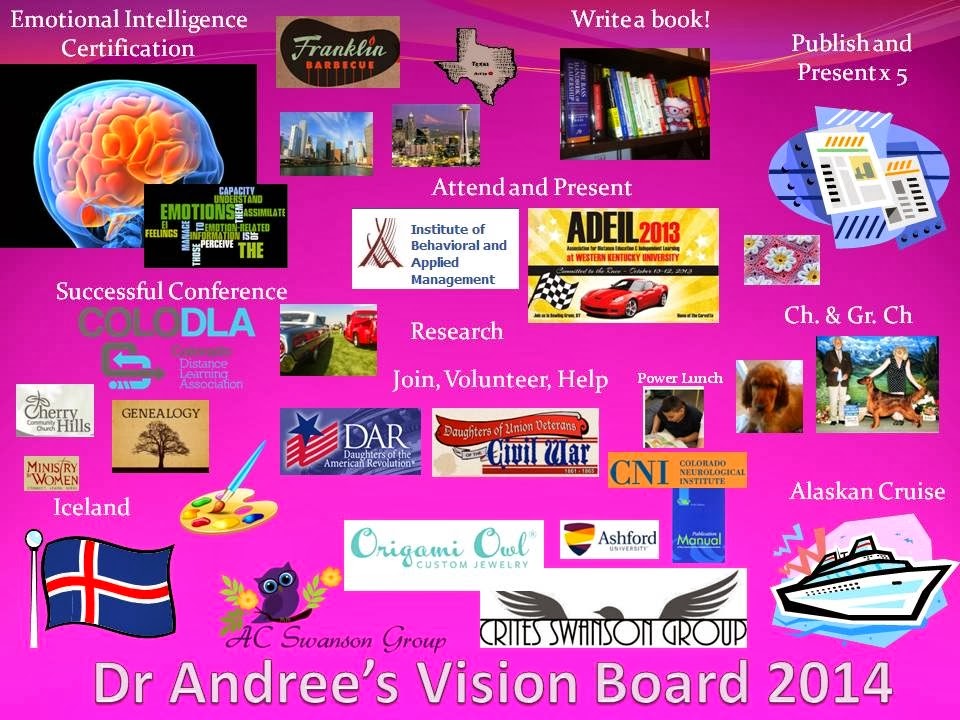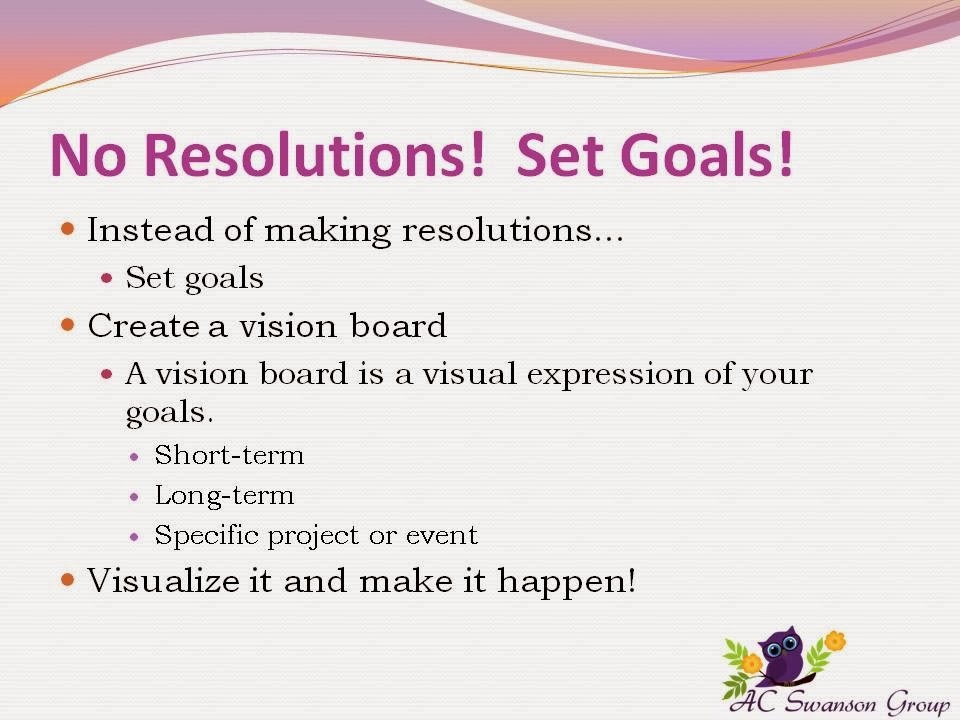By Dr.
Andree Swanson
In
the world of leadership and management training, new managers must take a
systems approach to analyze the needs of the organization. To develop an effective management-training
program, an incoming leader needs to have a wealth of information at his or her
fingertips. Through a systems analysis
approach, the new training leader will be a motivator, coach, guide,
collaborator, mentor and teacher to all members of the company. In addition, leaders must be visionaries,
resilient to the ever-changing global economy that exists today, thus, they
must know how to gather resources and know how to tap into knowledge. “Leaders are consumers of information” (Poet,
2003).
This
approach is what enabled this writer to develop a managing training program for
a national rental company. Through
critical and creative leadership, and an understanding of what Vaill (1996, p.
14) called “Permanent White Water”, this author will define:
a. critical
thinking,
b. creative
thinking,
c. assess
how leaders have traditionally treated creative and critical thinking,
d. Permanent
White Water, and
e. systems
learning.
Leadership in
Thinking
Consider some of the great leaders of the
past, Winston Churchill, Mahatma Ghandi, Martin Luther King, and Abraham
Lincoln to name a few. These people are considered great critical
thinkers. Let’s look at what constitutes
critical thinking.
Critical
Thinking
Critical thinking is a process, which
includes evaluating, synthesizing, applying, and conceptualizing (Scriven &
Paul, n.d.). When this writer was the
newly-hired training manager, she was given a budget, made aware of low morale
throughout the company, and unskilled managers at most stores. It was through personal interviews,
conducting a needs analysis, and evaluating the recurring issues that appeared,
that she applied critical thinking skills to her task of designing a training
program.
Creative
Thinking
It is easy to think of the creative people
throughout history, Leonardo da Vinci, Orville and Wilbur Wright, Thomas
Edison, and Henry Ford. He took old
knowledge and added new. Henry Ford
thought creatively; he developed a mass production concept – build more cars,
faster and cheaper. “Ford revolutionized
manufacturing. By 1914, his Highland
Park, Michigan plant, using innovative production techniques, could turn out a
complete chassis every 93 minutes" (Bellis, 2003, ¶ 3).
As you can see, critical and creative
thinking are not new skills. People
throughout history provide examples of strong thinkers, but how did these
skills apply to the writer as she began her training position? First, look at
the origins of the company, Rent-X. It
began as a small, locally-owned rental store, which slowly expanded to seven
stores within the Denver metropolitan area.
The company’s scope and influence were limited to a specific area. At this level, the “white water” was limited.
Second, the company began to grow, buying
small “mom and pop” rental companies across the United States. Along with the growth, so did the
accompanying “white water”. The waves
were naturally growing larger because the company branched out in many
directions geographically. Finally,
foreign ships in the storm from other countries entered the scene. Rent-X looked as though it was weathering the
“white water” with a strong position, so St. Gobain, a French company,
purchased Rent-X. Through all these
changes, this writer was challenged to think critically to assess the
situation, think creatively to help the managers and employees feel they were
part of a team, instead of feeling as though they were clinging to lifeboats
throughout this business storm. This
writer who wore the title of “National Training Manager”, actually she served
as an Organizational Change Facilitator and personal coach.
Permanent White Water
Life
is full of events that occur simultaneously as we proceed towards our goals. In the example of Rent-X, the goal of growing
the business was stronger than the goal of empowering the employee. When the scope changes, the magnitude of the
obstacles multiplies. As individuals and
leaders, the world is full of obstacles and unexpected occurrences. A college professor, Peter B. Vaill, coined
the phrase “Permanent White Water (PWW)” (p.
8) as a metaphor for an unpredictable world. Vaill stated “Permanent white water consists
of events that are surprising, novel, messy, costly, and unpreventable” (p. 14). The
key word in his phrase is “permanent”. One
does not make the externalities disappear.
It is impossible to operate in a vacuum isolated from world. In fact, our world is expanding globally. There will always be life events occurring
outside our comfort zone. Look at the
example of Rent-X again. The external
influences (white water) began at a local level, expanded nationally, and then
globally.
Leaders
of 50 years ago had fewer changes and outside turbulence, than leaders of today. The work force is more unpredictable,
technology is changing faster than companies can keep up, and the work
environment is no longer locally based, but global in nature. Leaders must be attuned to the events that
influence him/her, the organization, and the environment of the organization. Vaill inferred that it is not merely the
events, but the meaning we attach to those events that creates the Permanent
White Water. There are five
characteristics of PWW are:
a.
it is full of surprises,
b.
complex systems tend to produce
novel problems,
c.
the conditions feature events
which are messy and ill-structured,
d.
the events are often very
expensive,
e.
they raise the problem of
recurrence. (pp. 10-14).
Systems Learning
This
writer is no longer with Rent-X, in fact it is out of business today, but as
she revisits her time there as the Organizational Change Facilitator, she
modeled Vaill’s systems learning approach in designing the management training
program. Vaill’s approach includes four
strategies for learning: Systems learning, leaderly learning, cultural
unlearning, and spiritual learning. From
the beginning, this writer considered all components of the organization when
building the program. Managers were not
looked at as an entity on their own, but how they interact with customers,
employees, and supervisors and even on how they took time for themselves
(stress management, for example). “The
basic reason systems learning is so important, beyond its intrinsic delights,
is its value to managerial leaders as they think about how to lead and manage
groupings of people (Vaill, p. 119).”
Another
goal for the training program was to create a paradigm shift from managers as
merely paper and people pushers, but as employees who were empowered to grow
the company. The writer took a
team-centered approach using motivational concepts from Lou Holtz, former Notre
Dame football coach, and incorporating employee empowerment models from the US
Navy, the Sheraton Berkshire hotel, and Federal Express. The goal was for the managers not to see the
training as a band-aid fix, but to instill passion. Although some of the managers required
specific task-related training, the main goal was to inspire passion…to as the
match to the candle of leadership. This
is in keeping with Vaill’s premise of leaderly learning:
…managerial leadership is not learned;
managerial leadership
is learning. The relevance of learning to leadership is
that
the behaviour we call leadership is, before it is anything else, an initiative
from within oneself. Leadership has self
direction as its essence. (Review of the
Book Learning as a Way of Being, n.d., ¶ 17-18)
The
final two common areas that this writer had with Vaill are the areas of
cultural unlearning and spiritual learning.
It seemed quite natural to the writer that there were cultural
differences to deal with when designing the program. This idea was initially not received well,
but as the writer began to actually implement parts of the program, she was
able to provide solid feedback on how management styles and cultural
differences made a difference. A simple
example is the time consideration for family and religious activities. In the Denver metro area, the stores operate
seven days per week, and they thought nothing of holding a training session on
Sunday evening. However, when the writer
traveled to Oklahoma, South Carolina and Arkansas, the idea of training on a
Sunday was not well received. Another
example of cultural unlearning was the specific training session that addressed
cultural diversity and knowing that even stating something as feeling like a
“red-headed step-child” may be offensive to some. Vaill stated:
Even
for those within a single culture—and certainly for those within the North
American culture—the topics of spirituality and religion may not be easy to
discuss. Yet, perception of the
particular spiritual nature of a culture may be one of the most important
cultural keys to understanding it and continual learning and growth may be the
most important kind of learning we can do in permanent white water. (p. 175)
In
keeping with the systems approach to learning, whether in a classroom setting
or when developing a training program, spiritual learning is a vital element
also. From a holistic perspective, we
are spiritual beings, ever-changing and dynamic. To not consider this when approaching
learning is to not consider the systems approach.
Summary
Leadership
today is not an easy task. We must be
innovative yet analytical, motivating yet controlling, and learn to become
consumers of information (Poet, 2003). Leaders
must be aware of the ever-changing world we live in and conscious of the
permanent white water that surrounds us.
Leaders must accept and develop within themselves the concept of
leaderly learning and make it not just a catch phrase, but also a value
statement to live by as we progress on our learning journey. Through constant refreshing of our critical
and creative thinking skills, and the nurturing of our leaderly learning
skills, this course is the backbone for all growth to become effective
educational leaders.
References
Bellis,
M. (2003). Henry Ford (1863-1947). What you need to know
about.
Retrieved from
http://inventors.about.com/library/inventors/blford.htm
Review
of the book Learning as a Way of Being: Strategies for
Survival in a world of permanent white
water. (n.d.). Change
Management Monitor. Retrieved from
http://www.change-management-monitor.com/fullreviews/960508Vaill.html
Scriven,
M., & Paul, R. (n.d.). A working definition of critical
thinking.
Retrieved from
http://lonestar.texas.net/~mseifert/crit2.html
Vaill,
P. B.
(1996). Learning as a way of
being: Strategies for
Survival in a world of permanent white
water. San Francisco, CA:
Josey-Bass.


